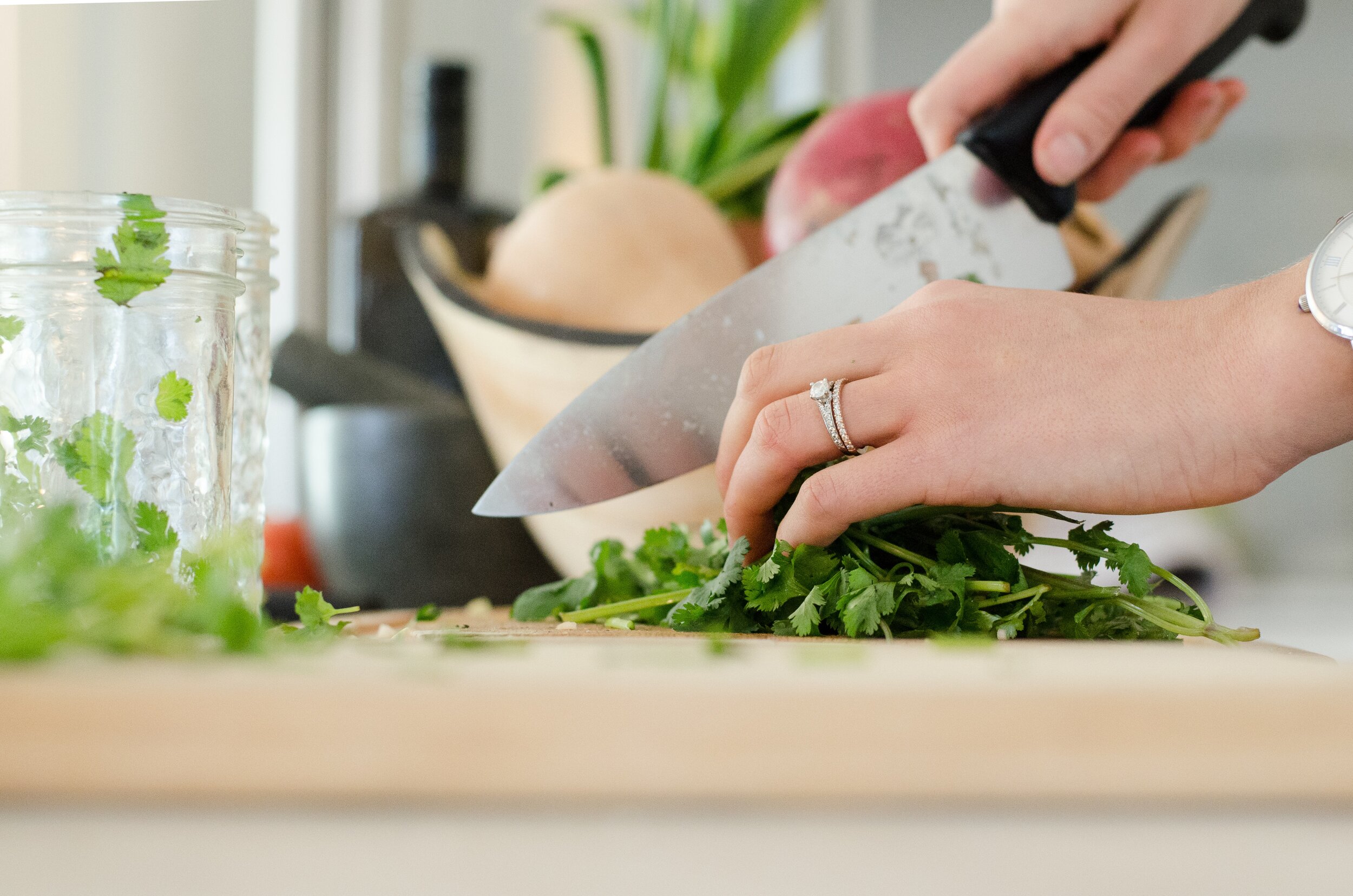5 Tips to Meal Prep Like A Pro
Way before meal prep was popular, I founded California Chef, a meal service that delivers delicious ready-to-heat-or-eat meals to clients throughout the greater Los Angeles area. As the executive chef, meal prepping was my life for 14 years. Yes, I’m pooped! But I have learned a few tricks of the trade that are worth sharing and can help you prep like a pro:
Break down the recipe into its simplest elements. Most recipes don’t need to be cooked the way the recipe is structured. If you’re preparing a full meal, it probably consists of a protein, a carbohydrate, vegetables and if you’re lucky, a sauce. Cook your ingredients separately and then assemble your meals. This is especially helpful if you’re preparing multiple recipes.
Cool every ingredient before you assemble your prepared meals. Improper cooling will result in overcooked piles of mush, brown and gray vegetables and shoe-leather dry proteins. Remember, you’ll be reheating these meals, so if they are overcooked at the prep stage, they will surely disappoint when reheated.
Know your portion size. You do not need to cook what the recipe tells you to. If you regularly eat 4 oz of cooked protein and 1 cup of rice, then cook what you need to make that amount ( 5 oz raw protein and 1/3 c raw rice). Yes, 1/3 c of rice is annoying to make, so either make multiple servings, or use rice in another meal. Which leads me to #4.
Plan on using your main ingredients in multiple meals. The last thing you want to do is bore yourself with your meals. So, use your staples in different ways. Grilled chicken can be shredded for tacos, “fried” rice, or chicken salad. It can be sliced and sauced, or used on a sandwich, or diced on a salad. Many noodles and pasta can be used for either Asian or Italian meals so make one type of pasta and use for both types of cuisines.
Plate your meals with heating in mind. Plate with the thicker pieces of protein toward the edges. Most proteins will heat better if they are sliced, so slice them before plating and saucing. If the meal is tossed together, make sure it’s evenly dispersed. And make sure you plate in the right containers for heating and/or eating. Prepping is about saving you time; the last thing you want to have to do is transfer to another container for heating and end up with extra dishes to wash.

